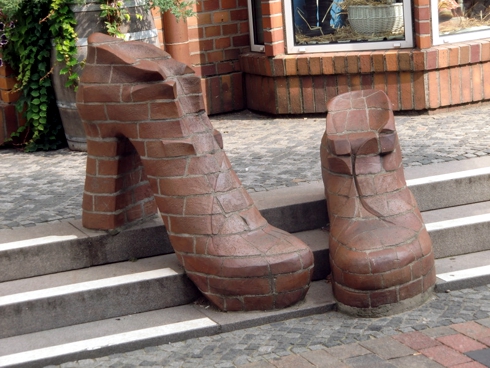
![]()
Three-dimensional viewing is advancing with the development of glass-free, 3D visualization. Mobile phones and televisions are now equipped with the technology and it won’t be long until we see 3D in mainstream geospatial applications. This innovation will expand across many disciplines including surveying, GIS, CAD and visualisation applications. In doing so, the nature of how we think about spatial information and problems is about to take a revolutionary leap forward. From data capture through to collaboration, field to office, the world of 3D will create a wave of innovation and possibilities.
Three-dimensional viewing is advancing with the development of glass-free, 3D visualization. Mobile phones and televisions are now equipped with the technology and it won’t be long until we see 3D in mainstream geospatial applications. This innovation will expand across many disciplines including surveying, GIS, CAD and visualisation applications. In doing so, the nature of how we think about spatial information and problems is about to take a revolutionary leap forward. From data capture through to collaboration, field to office, the world of 3D will create a wave of innovation and possibilities.
From the Toshiba Qosmio F750 glasses-free 3D laptop – a world first, to the HTC EVO 3D mobile phone, the 3D glass-free phenomenon marches forward. Because these products do not require special viewing glasses, they will revolutionize the geospatial sector.
 Most geospatial professionals and other users have been able to work with 3D data for a long time. Many technologies have produced 3D data such as lidar, stereoscopy and the processing of 2D data.
Most geospatial professionals and other users have been able to work with 3D data for a long time. Many technologies have produced 3D data such as lidar, stereoscopy and the processing of 2D data.
As such, 3D has been possible and many have used it, particularly in the gaming, architectural and topographic mapping applications.
The part that has confounded many people about 3D has been the necessity to wear glasses to achieve the 3D effect. Not only did large numbers of users have to have access to these glasses, but they needed special images that were often only available for a small number of locations or applications. The fall-back has always been to 2D, because of the difficulties associated with using 3D. Now that is changing.
Wide availability and access to 3D is a ‘pull factor’ toward engaging larger numbers of people toward 3D data generation and use.
Technological Innovation
Think about the HTC mobile, for example, which is based upon a stereo-pair being captured (two pictures taken on back of camera). While airborne cameras have achieved that through overlap for a long time, the implications of this on the ground are immense. Suddenly total stations and other ground-based survey equipment is a step closer to integrating imagery into survey workflows, as example.
Although 3D is projected on the phone and computer, the technology, presumably, could present any 3D information if transferred to the mobile phone. So – what if your field data capture devices could do same? Will 3D visualisation be useful in refineries, plant, architectural applications and community viewing for real estate agents etc.?
Conceptual Innovation
The real innovation will be in 3D thinking. Once people begin to use and adapt to 3D, then their expectations will slowly begin to rise. Will this become the new stimulus to more advanced 3D thinking – effectively nudging 3D into mainstream, as compared to only being debated over pros-cons previously?
If you have an awareness of what 3D might look like for an application, are you likely to develop applications using GNSS, for example, that capitalise upon this fact? What is the line between active professional data collector versus capture for communication possibilities? The distance between thinking and planning for data capture and representation will be a prime consideration.
Realism Factor
The use of 3D adds an element of realism. At a time when are talking about 24/7 monitoring and geospatial technologies capable of continuous data flows, 3D provides a means to filter, assess, understand and use spatial data more efficiently.
Education will be expanded with 3D ease-of-use. Phenomenon that are now only talked about in 3D, but only represented in 2D, create conflicts in understanding. For example, concepts of projections, coordinate systems, clashes and mathematical computations where 2D must be converted to 3D are often difficult to express. Additionally, the attractiveness and reality of 3D possess the possibility to engage and interest wandering minds more interactively.
I am now wondering why anyone would settle for 2D when 3D is clearly the future for geospatial.